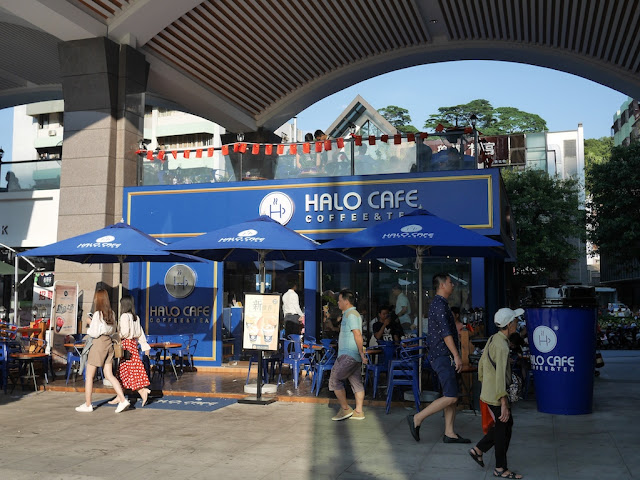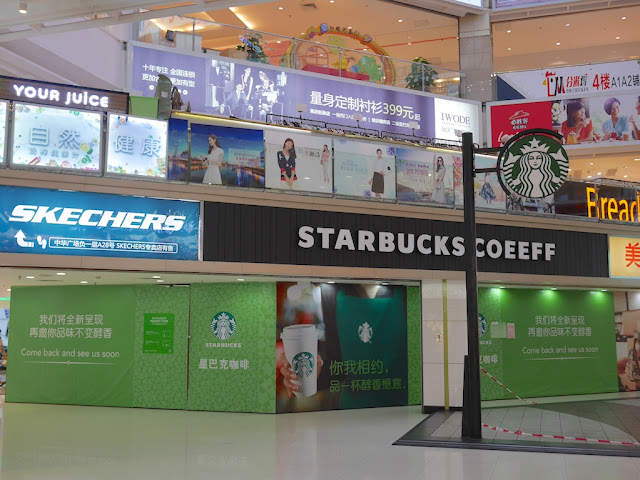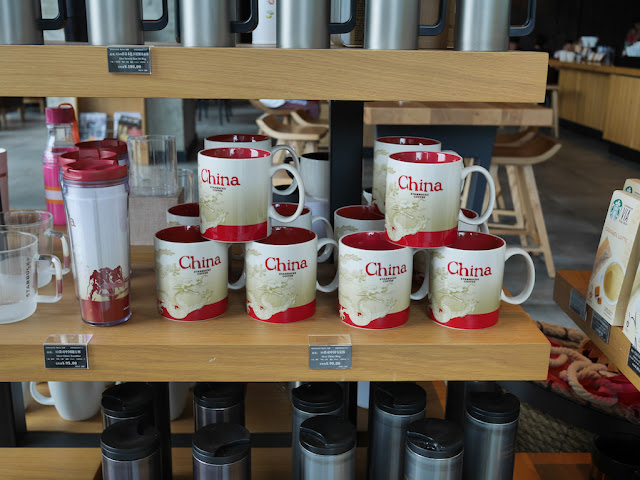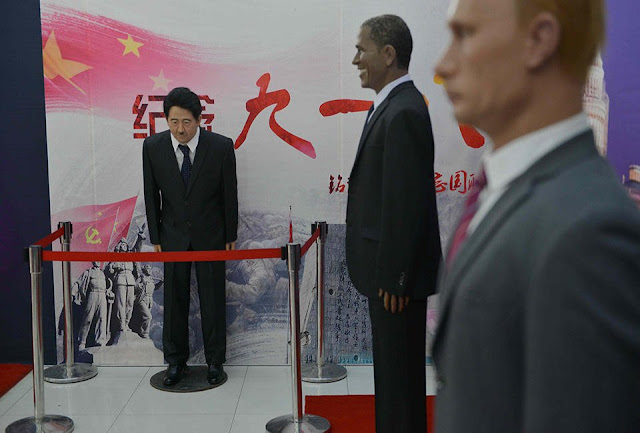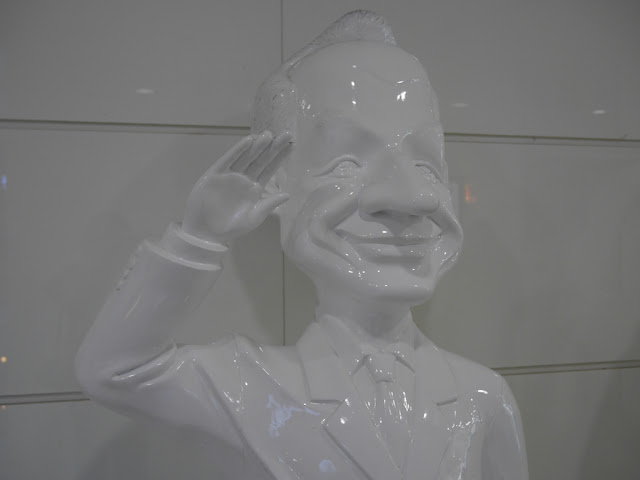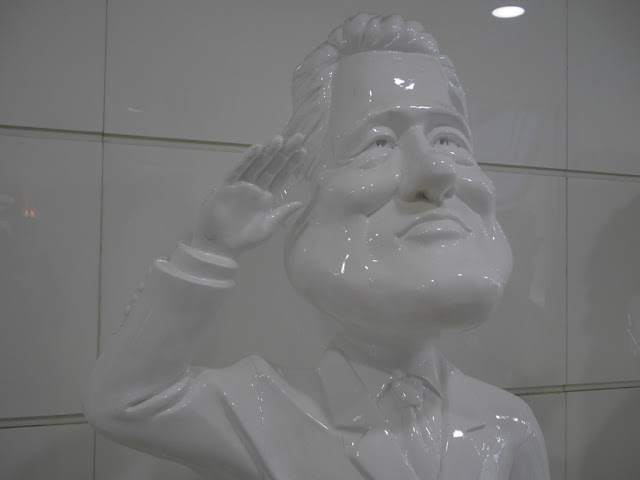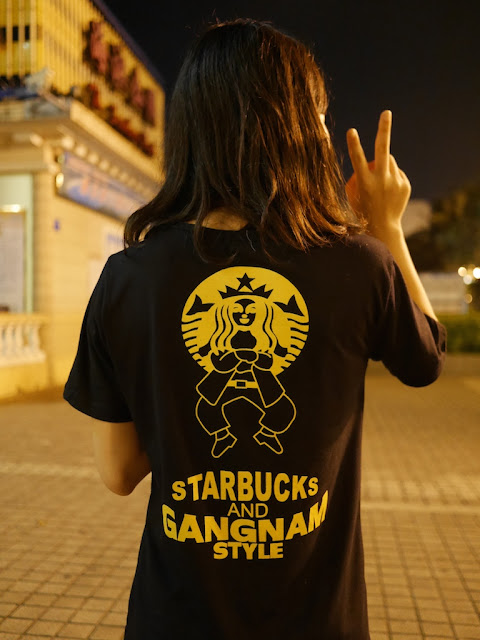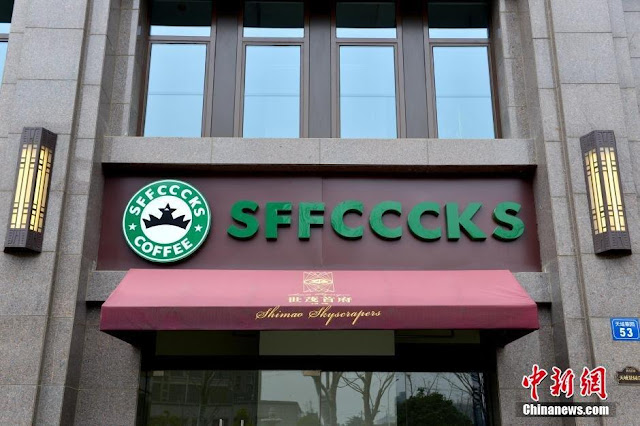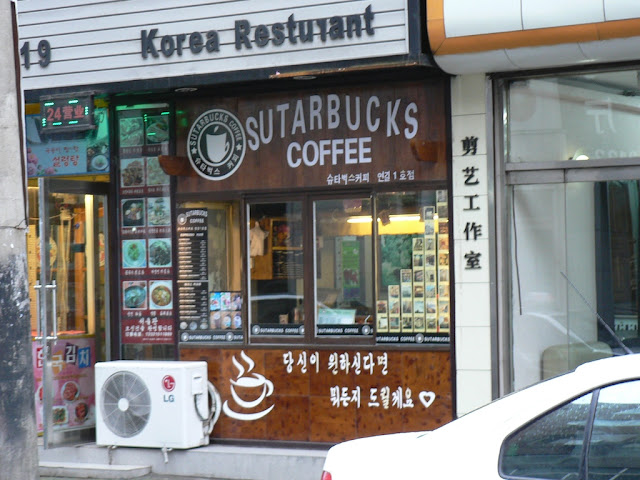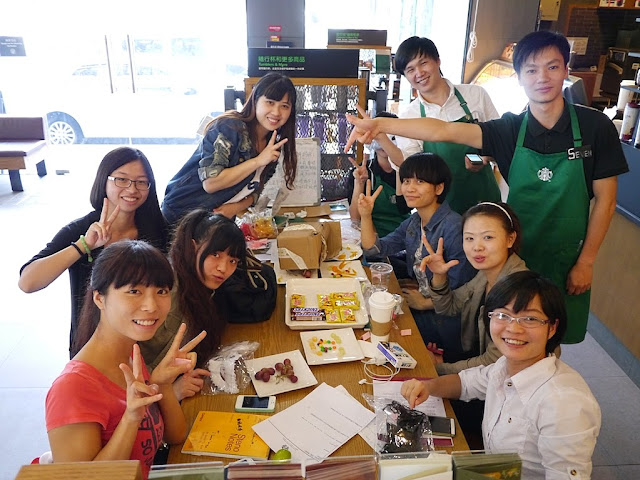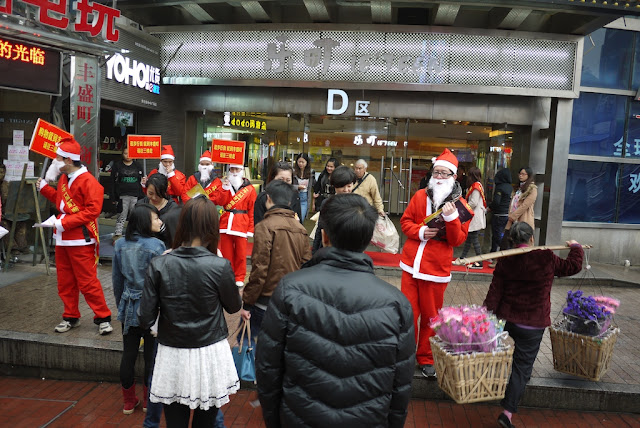For a change of pace from the "Starbucks Coeeff" store, here is a large Starbucks store with a sign spelling "coffee" correctly:
What more caught my eye about this Starbucks at the Dasin Metro-Mall (大信新都汇) in Zhongshan was its prominent neighbor — Halo Cafe, which also sells coffee.
Earlier the same day, I had notice another Halo Cafe at the Central Power Plaza (兴中广场) shopping mall.
Their storefront sign has "coffee" spelled correctly, and there is rooftop seating. So at least the basics seemed in order. There is a Starbucks near this store as well but in another section of the mall.
I don't have more to say about this competitor for Starbucks in Zhongshan other than I haven't found any evidence it is connected to the Halo Cafe in Taipei (review in Chinese), the Halo Cafe in Dublin, the Halo Cafe in Kota Kinabalu, the Halo Cafe in Clinton, South Carolina, or any of the other Halo Cafes around the world I have just found online. Together, all those Halo Cafes offer quite a variety of food though.
What more caught my eye about this Starbucks at the Dasin Metro-Mall (大信新都汇) in Zhongshan was its prominent neighbor — Halo Cafe, which also sells coffee.
Earlier the same day, I had notice another Halo Cafe at the Central Power Plaza (兴中广场) shopping mall.
Their storefront sign has "coffee" spelled correctly, and there is rooftop seating. So at least the basics seemed in order. There is a Starbucks near this store as well but in another section of the mall.
I don't have more to say about this competitor for Starbucks in Zhongshan other than I haven't found any evidence it is connected to the Halo Cafe in Taipei (review in Chinese), the Halo Cafe in Dublin, the Halo Cafe in Kota Kinabalu, the Halo Cafe in Clinton, South Carolina, or any of the other Halo Cafes around the world I have just found online. Together, all those Halo Cafes offer quite a variety of food though.


